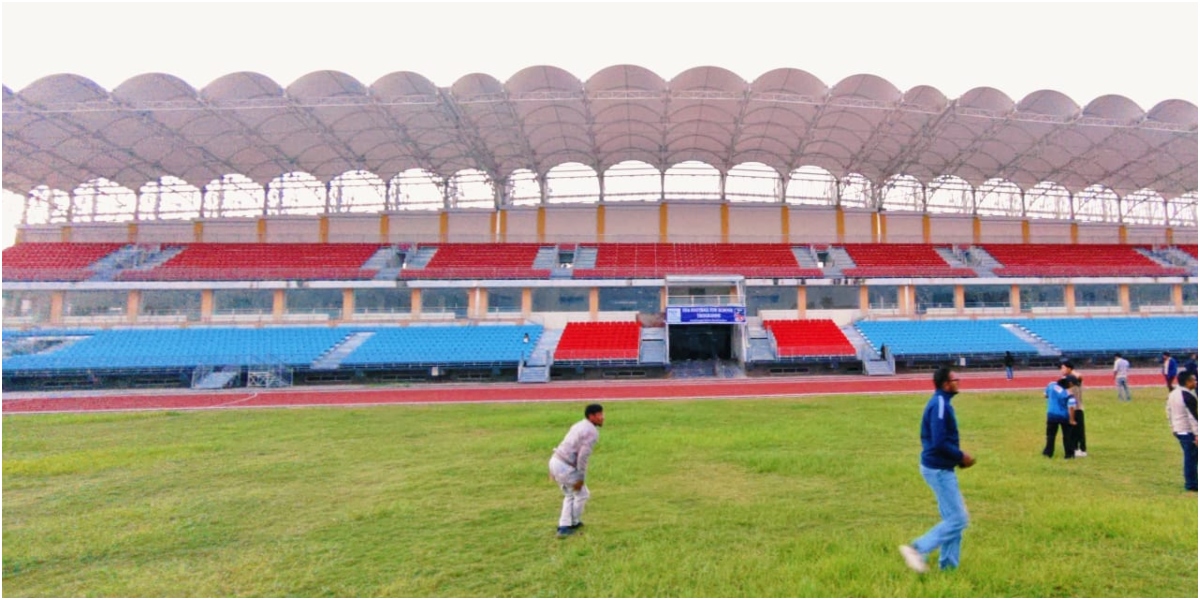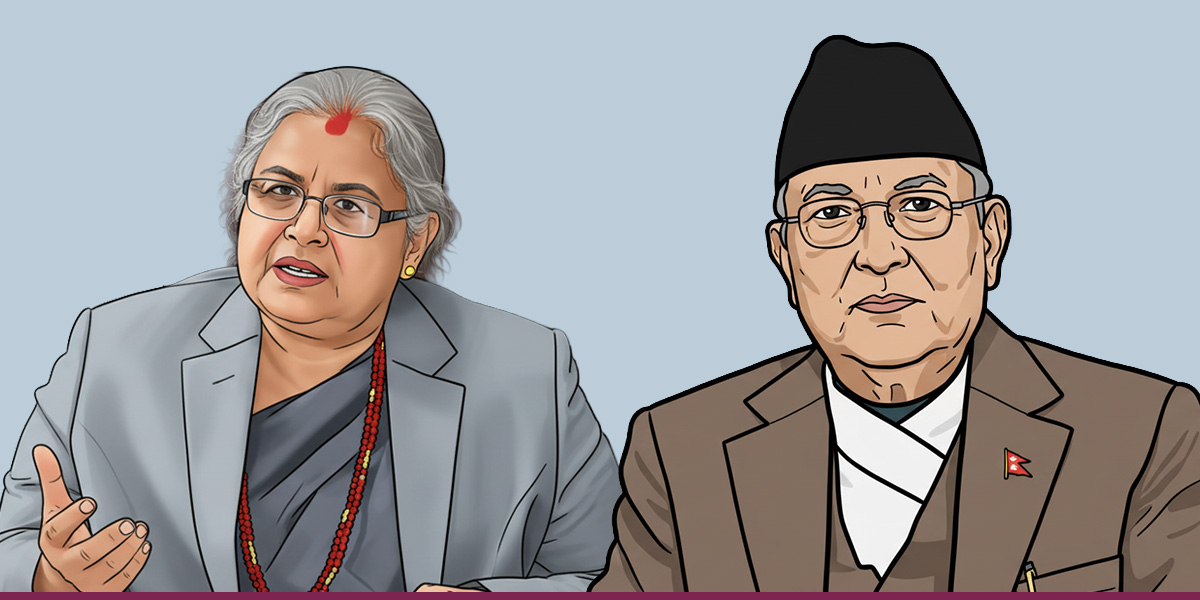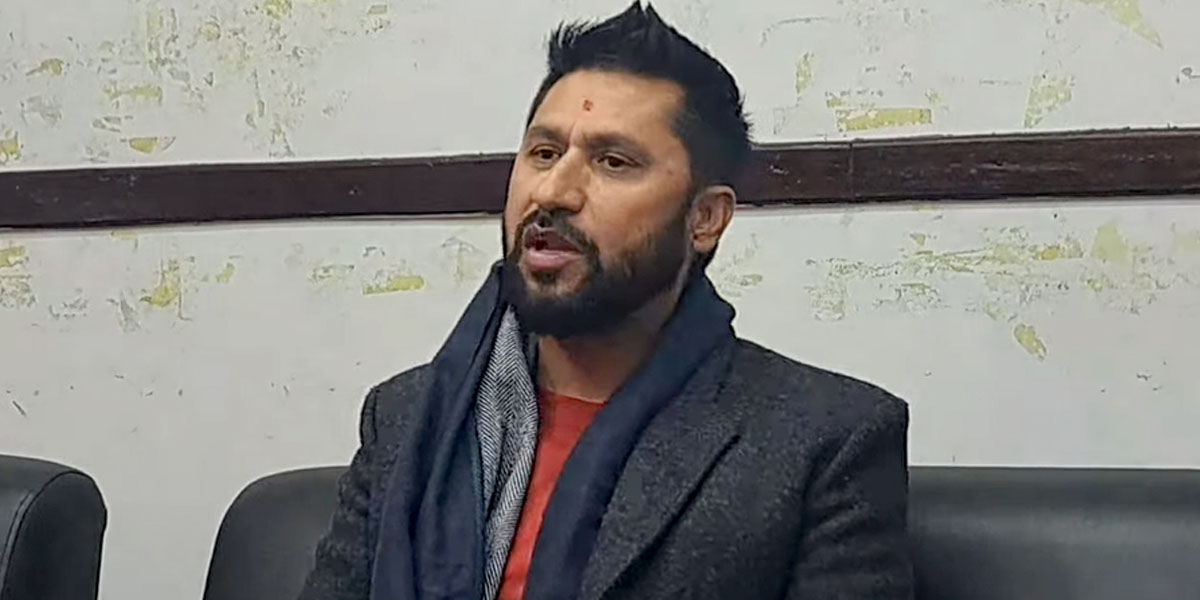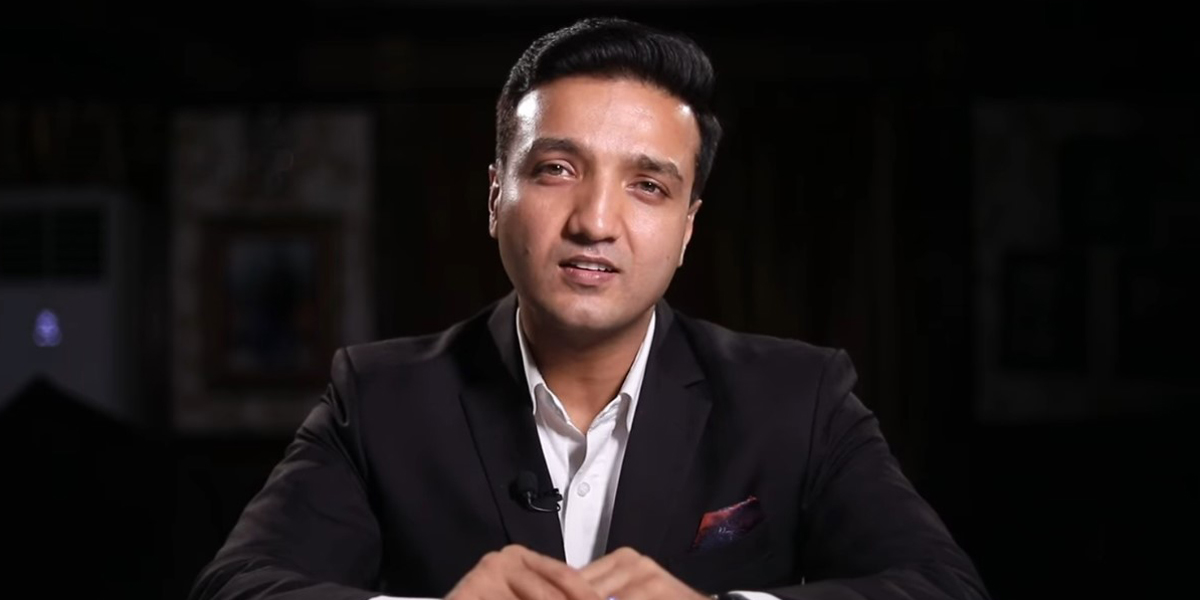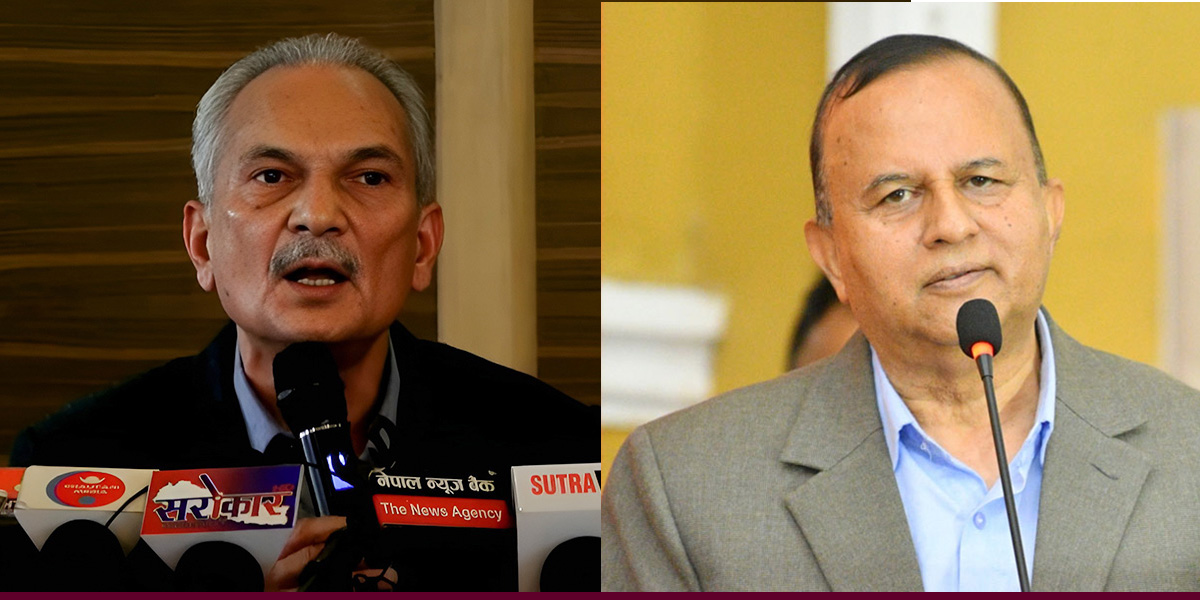
KATHMANDU: The demand for biomedical engineers is on the rise in Nepal, yet students are being denied the opportunity to study biomedical engineering due to limited seats available.
Stakeholders are expressing concerns that universities are not giving enough priority to biomedical engineering, despite the growing demand for professionals in this field.
Biomedical engineering is the application of engineering principles and techniques to the medical field. It involves the design, development, and manufacture of medical equipment and devices.
Purbanchal University has only approved one college, Biomedical Engineering College, to teach biomedical engineering in Nepal and has set a quota of 144 students for the program, including the quota for 48 students added this year. However, due to the growing demand for biomedical engineers in the market, stakeholders such as the President of the Association of Engineering Colleges Nepal (AECON), Laxman Pokharel, are calling for more universities to start offering biomedical engineering courses.
According to Pokharel, the number of medical equipment in hospitals has increased post-COVID but human resources have not kept pace. This has led to a shortage of trained professionals to operate the equipment. He estimates that there are around 2,500 ventilators in hospitals across the country, but there is a shortage of personnel trained to operate them.
He also pointed out that there is a high demand for biomedical engineers and that there are currently no unemployed graduates in this field.
According to Pokharel, students who have graduated in biomedical engineering have a wide range of employment opportunities in the country, such as hospitals, biomedical equipment supply and repair centers. Additionally, many graduates choose to seek employment opportunities abroad.
“A Masters program in biomedical engineering is starting this year, which will allow students to pursue their studies in the field without having to go abroad,” said Pokharel. He also mentioned that even students who have completed a Bachelor’s in Engineering can enroll in the Masters program. Neupane also suggested that it would be more beneficial if the Pulchowk Engineering Campus, which is a government-run college, started this course instead of privately-run colleges.
According to Pokharel, the demand for biomedical engineers in the country exceeds 2,000, yet the number of graduates in this field is only around 300. He also mentioned that many of these graduates have gone abroad for further studies and employment opportunities.
Shekhar Khanal, Assistant Chief of Biomedical Engineering College, has stated that it will be difficult for students to get the opportunity to study biomedical engineering this year due to the scheduling of entrance exams for engineering colleges at a later date. He suggests that universities should conduct entrance examinations and publish results in a timely manner.
Prakriti Singh, a student of biomedical engineering, sees the subject as a unique blend of life sciences and technical skills. She said the first reason she chose biomedical engineering as a career is that it is the most attractive field for biomedical research and development. She believes that anyone who loves medicine and engineering would be interested in this subject. She feels that the course has given her the opportunity to work with both the human body and machines, which is something she finds appealing.
What is biomedical engineering?
Biomedical engineering is a field that combines principles of engineering, biology, and medicine to improve healthcare. It involves the design, development, and application of technology to diagnose, treat, and prevent disease and injury. The field encompasses a wide range of areas, including cell and tissue engineering, medical imaging, biomaterials, biomechanics, and medical device design, to name a few. Biomedical engineers use their knowledge of engineering, biology, and biomechanics to create solutions that help to improve the quality of life for patients, from the development of new medical devices and equipment.
Biomedical engineers are in high demand in both developed and underdeveloped countries, as they are essential in advancing healthcare and medical technology. They are highly sought after in the global biomedical field. Similarly, in Nepal, there is a high demand for biomedical engineers in hospitals, nursing homes, medical colleges, and medical equipment companies. They play an important role in maintaining, repairing, and designing medical equipment, as well as developing new technologies that improve healthcare outcomes.
In addition to the private sector, the government of Nepal also has a need for biomedical engineers in government hospitals. Graduates of this field can also create employment opportunities for themselves by establishing their own companies and providing biomedical engineering services such as designing, developing and maintaining medical equipment and devices, consulting on healthcare technology and research and development, and more.
How is it different?
Biomedical engineers are unique from engineers in other disciplines as they integrate an in-depth understanding of modern biological principles into their engineering design process. Biomedical engineering is distinct from other branches of engineering such as mechanical engineering, electrical engineering, chemical engineering, as well as from other sciences such as chemistry, mathematics, and computer science. It requires a combination of knowledge from various fields to develop innovative solutions for healthcare problems. Biomedical engineers work to design and develop medical equipment, devices, and systems that improve the diagnosis, treatment, and prevention of disease and injury. They also use mathematical and computational methods to analyze and model biological systems, and use engineering principles to design and test new materials, devices, and procedures for medical use.

 Himal Press
Himal Press 